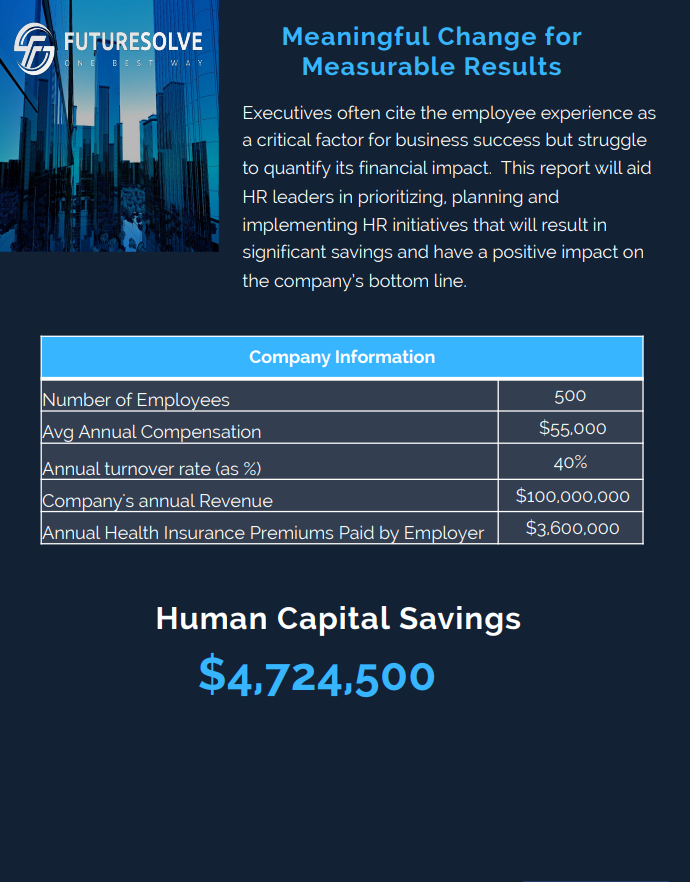The only constant in life is change. It applies to our personal and professional lives. No matter how stable your organization is, it’s supposed to transform at some point. The 2020 pandemic is a perfect example of the change that nearly every business, irrespective of size and nature, adopted to ensure smooth business function.
Take contactless payment, same-day delivery, and growth in the eCommerce segment, for example. All these things had been established long before the pandemic, but they gained popularity after the brick-and-mortar stores shut down. Let’s learn more about what is a change management strategy, how to create a change management plan, and why you should work with an HR advisor. Let’s start with what is a change management plan.
What is a Change Management Plan?
Change management is the process of planning and implementing a change in the most efficient way possible to avoid workplace disruption. These changes can include the implementation of a new tool in the organization, merger, acquisition, and outsourcing. While it may sound quite straightforward, change implementation is not a cakewalk.
Failure to adapt to the transformed business model or new procedures can result in lost business opportunities, revenue loss, and a high turnover rate. That’s where the change management plan comes into play.
Having an HR advisor help you in navigating the change is the best decision for businesses that are uncertain about making a huge transformation to their business practices. Below we have listed the reasons you need an HR advisor and some tips on how to develop an effective changement plan. Read on.
Why Do You Need an HR Advisor?
Every organization, big or small, needs an HR advisor who actively participates in human resource management. They handle conflicts and identify the strengths and weaknesses of all employees. Some are qualified to coach and mentor employees so that they can align their goals with the organizational objectives.
One of the crucial roles of an HR advisor is planning change management. They are involved in every stage of implementing change management—from planning to execution. They might use modern HR tools, like Gusto, to facilitate seamless communication between the management and the employees. They do everything to ensure faster deployment of the new technology or adoption of a new system.
HR advisors also specialize in developing detailed documentation for implementing new changes in the organization. They explain the positive outcome of the changes and how they will transform the organization and the employees.
Steps to Create a Change Management Plan
For a successful implementation and adoption of the change management strategy, it’s important that you work in tandem with the HR advisor. Crafting a carefully-planned strategy for change management is an effective way to ensure a successful transition. Now bringing this plan into action can be a real struggle. Let’s take a look at the steps for creating a perfect change management plan.
Establish Your Goals
Like any project that has certain objectives, a change is implemented to achieve specific targets. You need to set realistic goals here. You can use key performance indicators to track progress throughout the change implementation.
An effective change management plan is one that’s monitored through every stage. It involves each member of the organization. Once the process is completed, you can compare the outcome with your established objectives. This helps you determine whether your change implementation was successful.
Outline the Company’s Organizational Structure
Before implementing the change management plan, you need to identify the number of employees working in your organization, their roles, strengths and weaknesses, skills, and so on. You can create a department-wise chart that has the list of employees based on the department they work in.
Knowing the roles of employees, it gets easier to assess the level of transformation your business will achieve after the change implementation. You can also get the entire team onboard for the implementation part. Based on their roles, you can assign them duties that they can carry out perfectly and help in the transition process.
Adjust the Responsibilities
The actual adjustment in the employees’ responsibilities starts once the change has been implemented. It is then that the HR advisor and the team review the current roles of the employees and adjust them based on the new technology and transition. They will carefully review the employees’ strengths to assign them the duties that they are more comfortable doing. Once the change has been embraced, there will be several adjustments to the employees’ roles and responsibilities, salaries, working environment, etc. If needed, the HR team might hire new recruits to fill in the vacant position.
Think of Implementation Phases
The implementation starts with creating a detailed task list that consists of all elements of the project deployment. This covers all steps the company has planned to execute the change implementation. The next step is deciding a due date, by which your planned goals must be completed. It’s advisable to assign a due date to each item in the list. You can prioritize the tasks based on this list. It will also help you ensure that all steps are completed within the specified timeframe.
It’s advisable to use project management tools that give you a clear picture of all employees, steps in the project, and other elements on a single dashboard. You can assign duties, track progress, and report the status to the stakeholders easily. These tools also help in facilitating smooth communication with the team.
Conclusion
That was all about how to create a change management plan. The HR team plays a pivotal role in implementing change management. Since they are familiar with each employee and their assigned duties, they can ensure a successful transition within the organization. Whether it’s embracing new software or working on a new project, the HR team can help navigate the difficulties of change implementation.





























